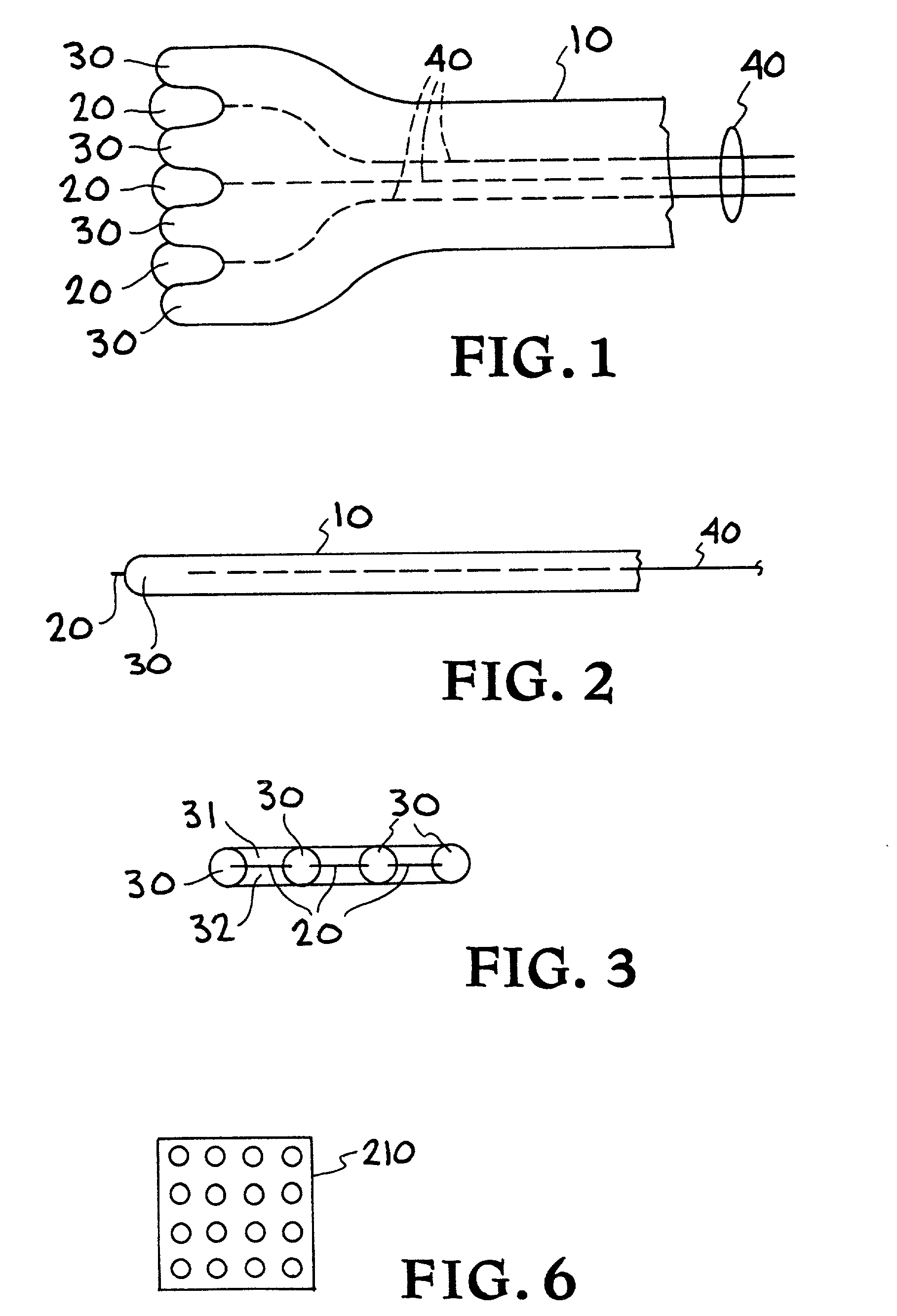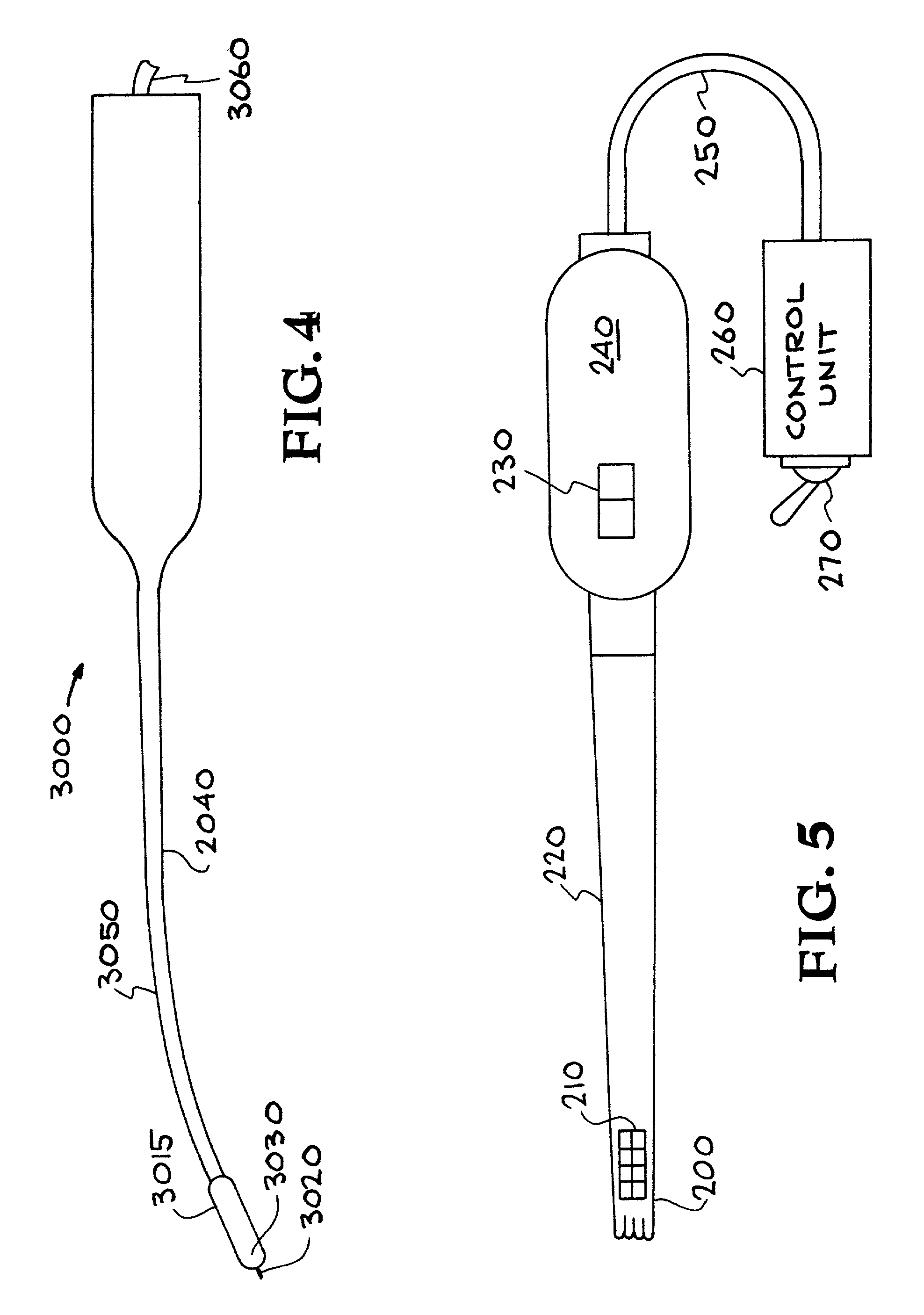Tissue-lifting device
a tissue-lifting and facelifting technology, applied in the field of facelifting devices, can solve the problems of inability to follow or maintain the plane, difficulty in "feeling" the fibrous plane, and the risk of affecting the smooth undermining of adjacent tissues, so as to quickly and safely separate tissue planes
- Summary
- Abstract
- Description
- Claims
- Application Information
AI Technical Summary
Benefits of technology
Problems solved by technology
Method used
Image
Examples
Embodiment Construction
[0026] The present invention provides a device to be used by surgeons that provides quick and accurate face lifting and brow lifting maneuvers and maximizes efficiency, reduces bleeding and is capable of tissue modification via various energy applications. The device is comprised of an undermining shaft with or without specialized tips or energy delivering windows that can easily travel along dissection planes within tissue and be manipulated to separate tissue planes and lyse fibrous tissue as well as alter tissue planes via energy application.
[0027] FIG. 1 shows a partial top view of the distal tip of an embodiment of a brow / face-lifting device 10 of the present invention. In some embodiments, the lysing segments (with a cutting edge) are configured to transmit electrical energy and / or RF energy, e.g., to aid in cutting or cauterizing the lysed tissue. In other embodiments, the lysing segments are not configured to transmit electrical and / or RF energy. In such cases, the lysing se...
PUM
 Login to View More
Login to View More Abstract
Description
Claims
Application Information
 Login to View More
Login to View More - R&D
- Intellectual Property
- Life Sciences
- Materials
- Tech Scout
- Unparalleled Data Quality
- Higher Quality Content
- 60% Fewer Hallucinations
Browse by: Latest US Patents, China's latest patents, Technical Efficacy Thesaurus, Application Domain, Technology Topic, Popular Technical Reports.
© 2025 PatSnap. All rights reserved.Legal|Privacy policy|Modern Slavery Act Transparency Statement|Sitemap|About US| Contact US: help@patsnap.com



